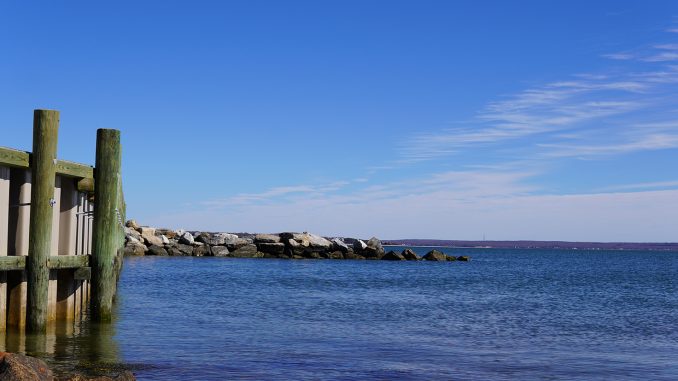
As the North Fork — and all of Long Island — faces a Stage 1 water emergency, we wonder if the time has come to require applications for any proposed development projects on the East End to include a detailed water usage study along with routine items like impact on traffic.
Say a developer approaches a planning board with a proposal that will draw a lot of fresh water from the ground, or from a Suffolk County Water Authority well. Should that developer provide to the board an estimate of how much water it will use?
Density increases water usage so, in a way, this issue is another way of talking about saving land versus development.
As Legislator Al Krupski (D-Peconic) has pointed out, farmers across the region pump groundwater for their fields. But they do this over a wider area of the aquifer, say from fields in Calverton to ones in Orient. By contrast, a pump owned by SCWA draws from a far smaller part of the aquifer. This means the impact on groundwater is far more severe with those pumps.
Also, when farmers irrigate they return the water into the ground, while a large development hooked up to a sewage plant does not.
SCWA has asked residents across the East End to sharply cut back on water usage. It has also said they don’t believe their requests have been fully honored.
Both Southold and Riverhead have in recent years made smart decisions about water. For example, Southold has worked hard to stop surface water from draining into creeks and bays through pipes at the end of streets.
This accomplishes two goals: It stops fresh water that could be contaminated with pollutants from flowing into salt creeks, and it allows the water to filter back into the ground.
In Riverhead, the town distributes treated sewage water onto a golf course, which then returns the water to the aquifer.
Climate change and sea level rise will only magnify water quality and usage issues across the East End. This is because as more and more fresh water is pumped out of the aquifer the void it leaves behind is vulnerable to saltwater intrusion.
When that happens, more homes along the water’s edge will need to connect to water authority wells — and the problem only grows.
It is time for planning boards to ask developers serious questions about the demands their projects’ will place on our water supply.

